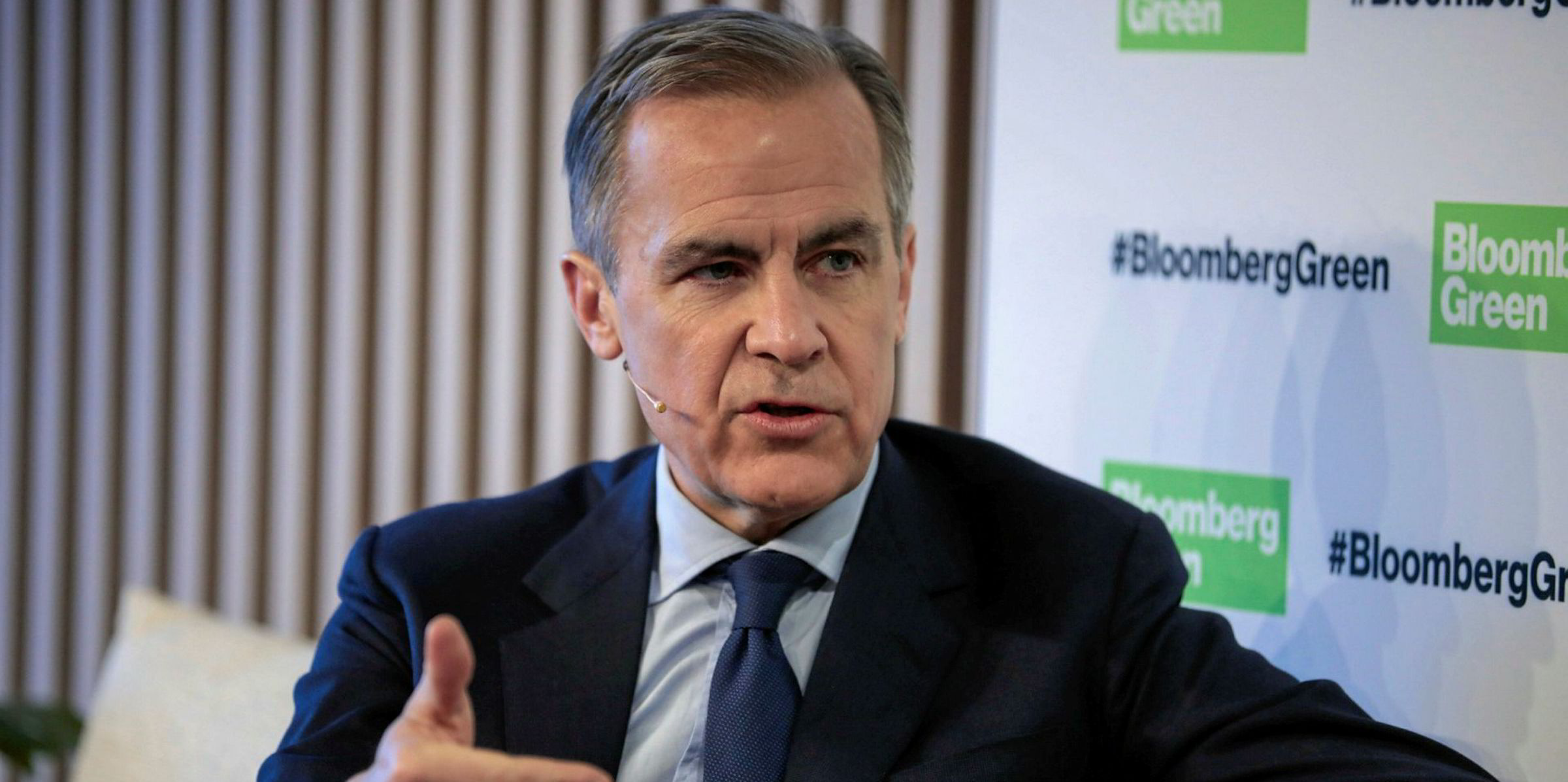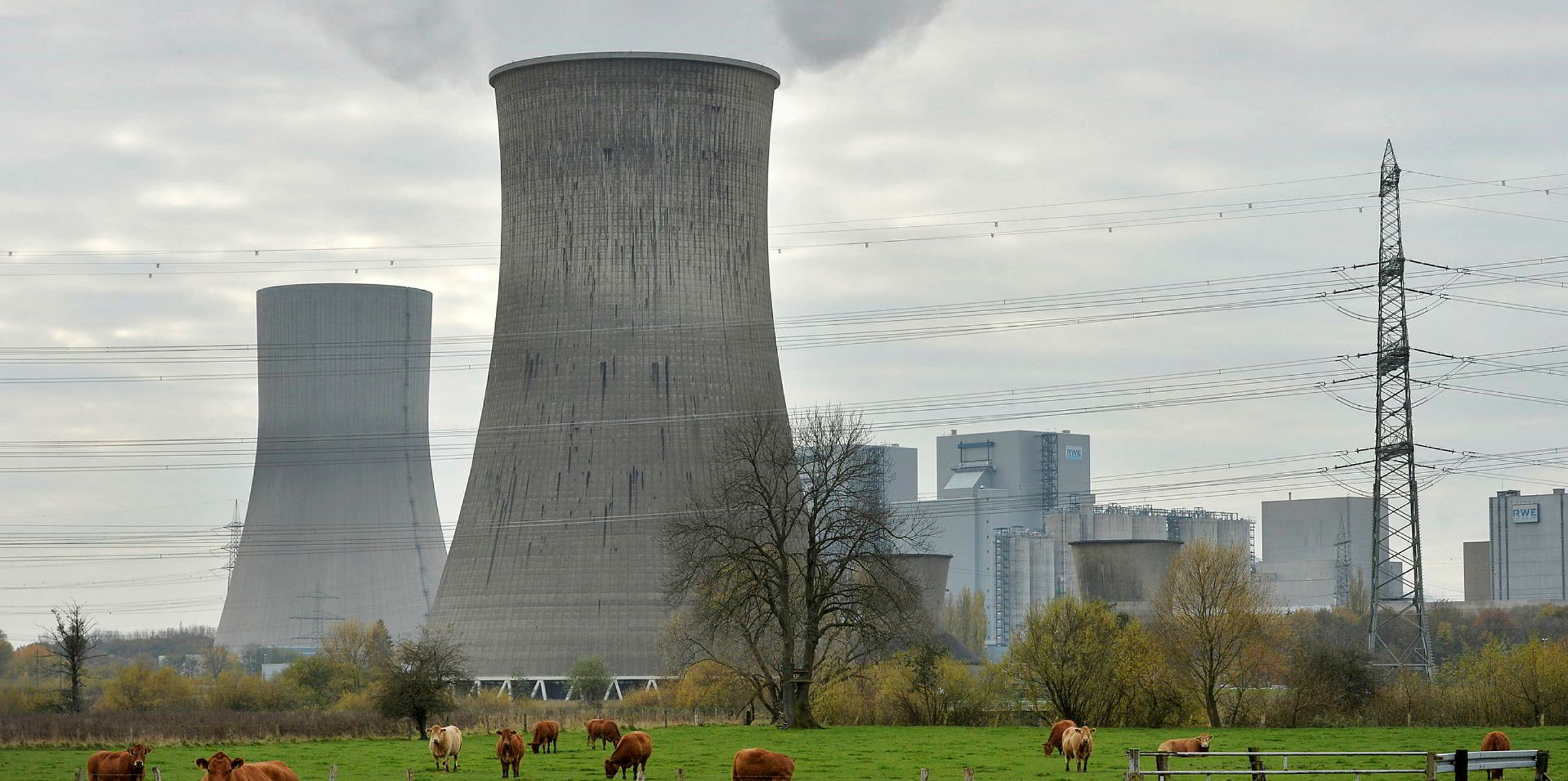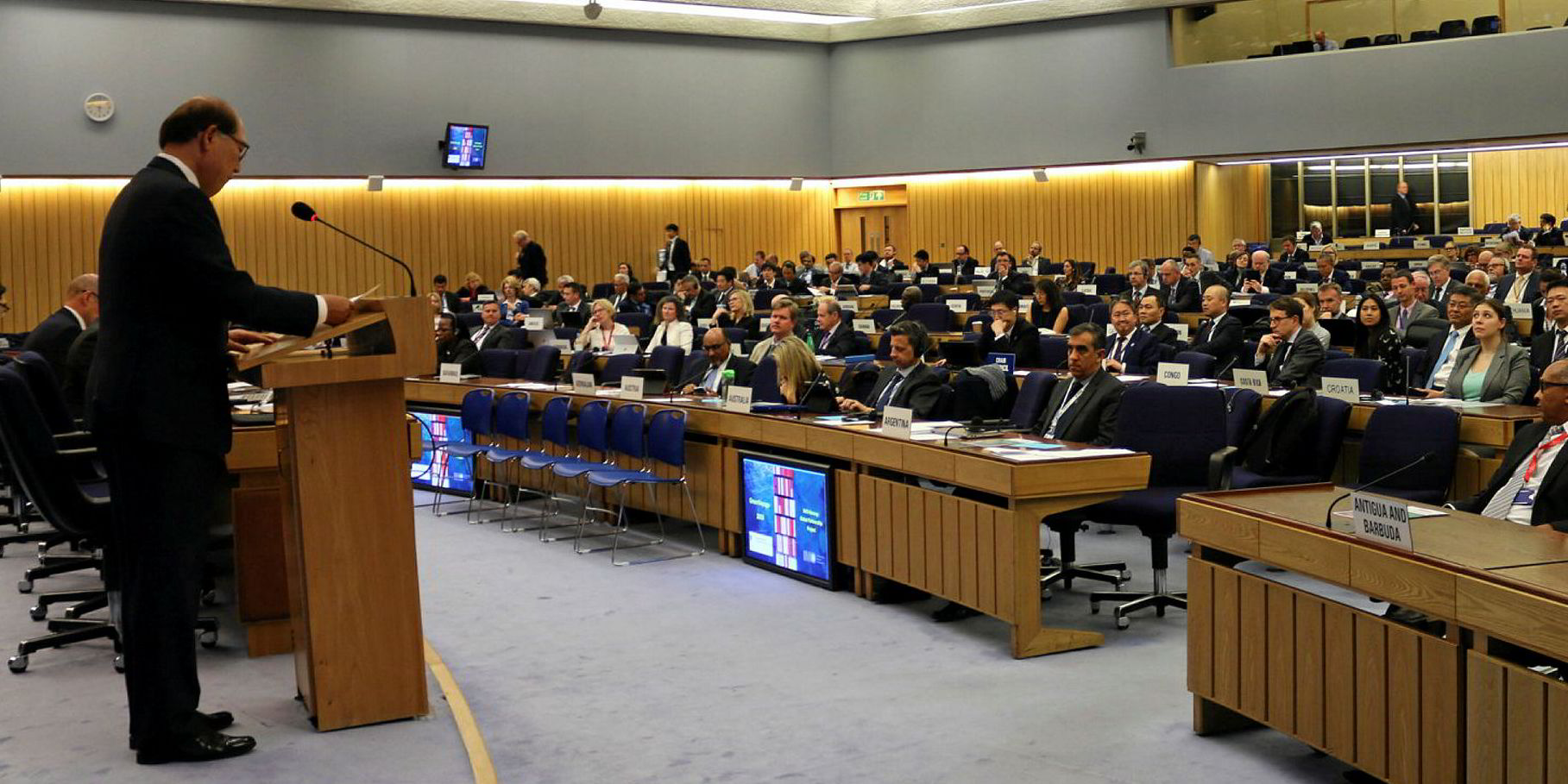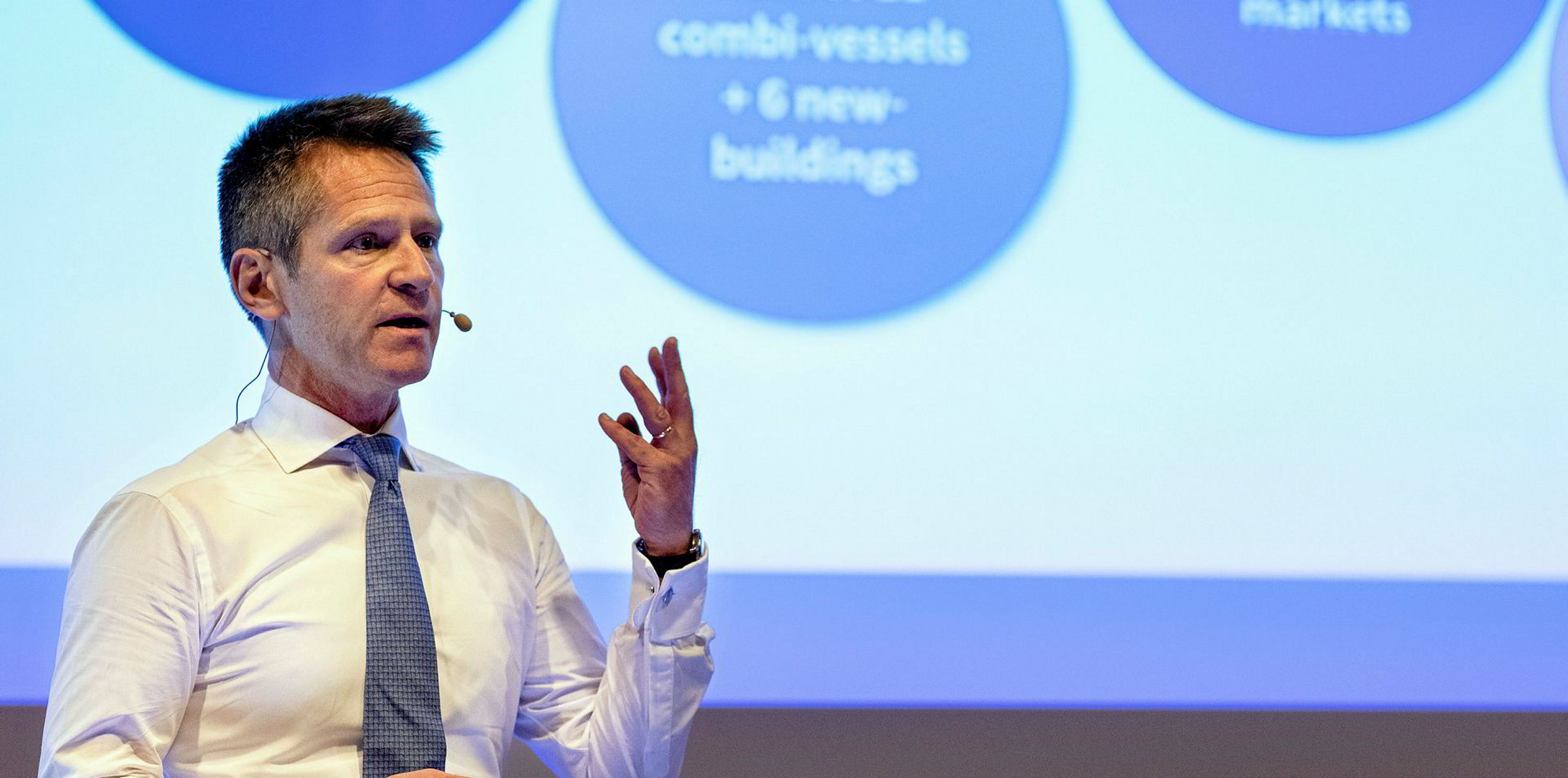Much thought is being put into how to decarbonise shipping. Governments are working with industry and academia to come up with regulatory and technical solutions to facilitate the transition towards net zero.
But the assumption seems to be that the industry can continue with business more or less as usual.
For now, hope suffuses the debate.
Hope that the IMO will take decisive steps to implement its strategy. Hope that governments will introduce regulatory frameworks and carbon taxes.
Hope that researchers and manufacturers will find ways to produce green hydrogen and ammonia on a global scale and at a competitive price. Hope that international trade will continue to grow.
Hope that data, digitalisation and operational efficiency will do much of the heavy lifting. Hope that LNG can act as a transition fuel.
And hope that governments and investors will contribute the trillions of dollars needed to finance this.
But time is running out. The world’s “carbon budget” is disappearing, while the impacts of climate change become ever more obvious.
Companies throughout the economy are under pressure to respond: from employees, consumers, corporate customers and, above all, investors.
Last month’s announcement by BlackRock, the world’s largest asset manager, that it is putting climate change at the heart of investment decisions, and BP’s new net-zero target, exemplify how attitudes are changing.
This is reflected in asset prices. The iShares Global Clean Energy ETF has outperformed shares of ExxonMobil by almost 90% over the past three years.
Could there be new opportunities including battery-powered coastal or inland shipping, with ships providing a zero-carbon alternative to road and rail?
Institutional investors that are shifting assets away from oil and gas companies are not interested in financing shipping companies, which remain dependent on fossil fuels.
Pressure from regulators is growing too. Outgoing Bank of England governor Mark Carney, who takes up a new role as United Nations envoy for climate action in March, told Reuters this month that “every company ultimately has to have a plan” for responding to the energy transition and assessing “what the opportunities are and where the risks are”. That goes for shipping companies too.
This is reflected in asset prices. The iShares Global Clean Energy ETF has outperformed shares of ExxonMobil by almost 90% over the past three years.
Institutional investors that are shifting assets away from oil and gas companies are not interested in financing shipping companies, which remain dependent on fossil fuels.
Pressure from regulators is growing too. Outgoing Bank of England governor Mark Carney, who takes up a new role as United Nations envoy for climate action in March, told Reuters this month that “every company ultimately has to have a plan” for responding to the energy transition and assessing “what the opportunities are and where the risks are”. That goes for shipping companies too.
Companies can formulate such plans through the global reporting framework, known as the Task Force on Climate-Related Financial Disclosures (TCFD) reporting recommendations, a G20 initiative led by Carney and US presidential hopeful Michael Bloomberg.
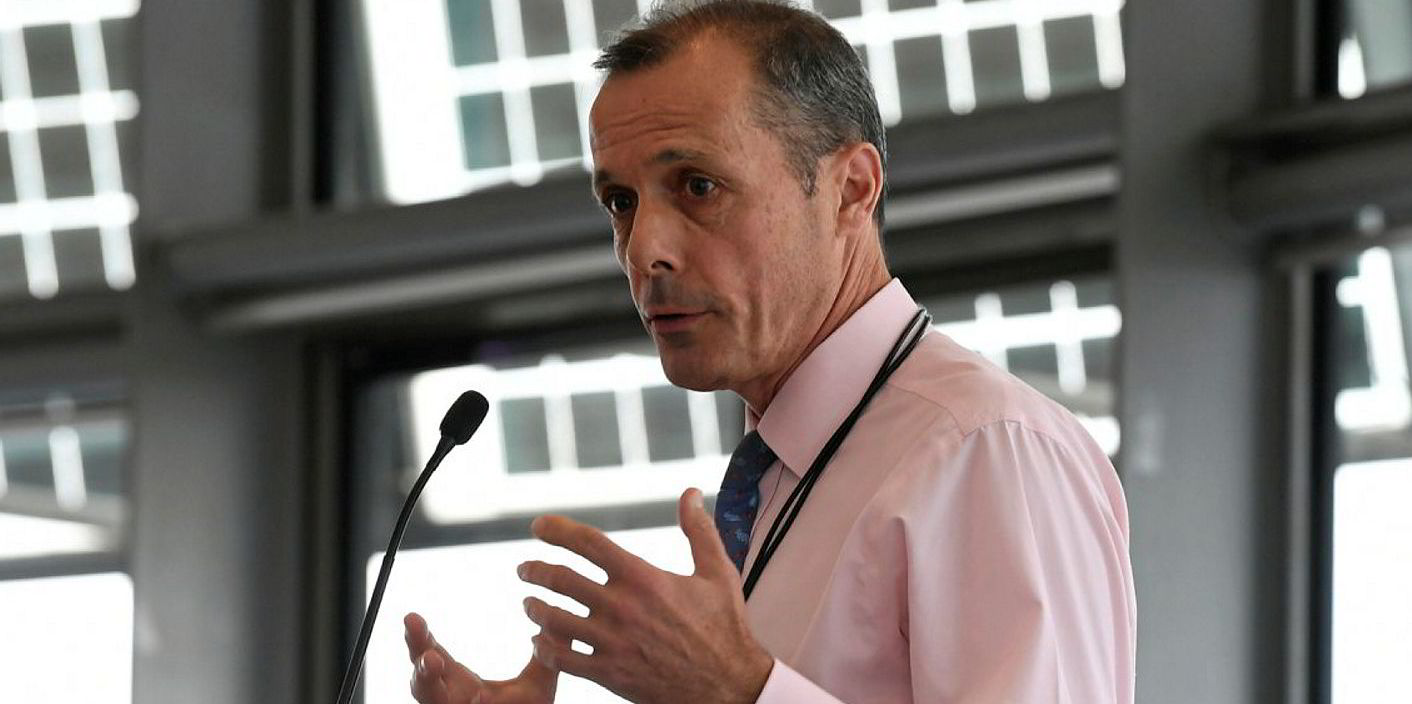
Carney advocates for TCFD reporting to become mandatory and expects plans for this to be drawn up in time for the UN climate conference, COP26, in Glasgow, Scotland, in November.
The UK government has directed listed companies to implement the TCFD recommendations by 2022, and is working with regulators to develop a coordinated approach.
The recommendations provide companies with a process for reviewing strategy and business-as-usual assumptions under different climate scenarios.
For shipping, uncertainties related to climate change are already depressing demand for newbuildings, while stimulating interest in the secondhand market on the basis that 10 or 15-year-old vessels are less likely to become “stranded”.
Paradigm shift
But this is only a stopgap. Without a clear plan from the IMO, or cheap and plentiful green ammonia, should shipping companies also be considering a scenario in which the industry undergoes a paradigm shift, a fundamental change in approach and underlying assumptions?
Could decarbonising the industry, along with demographic changes and new technology, mean intercontinental trade as we know it begins to decline?
Might we see not only peak fossil fuel usage, but also peak consumption in the US and Europe, and peak construction in Asia, meaning less container traffic from China and less iron ore flowing to China from Brazil?
Instead, could there be new opportunities, including battery-powered coastal or inland shipping, with ships providing a zero-carbon alternative to road and rail?
These are the sorts of questions the TCFD process encourages companies to ask and then provide information about to investors.
Implementing the task force’s recommendations would allow individual shipping companies to develop and explain how their business will prosper in a decarbonising world, how they are managing and mitigating the risks, and why asset owners should therefore invest.
The industry needs leadership from the top to provide solutions. But with commercial risks increasing, companies do not have the luxury of waiting. As Carney has previously warned, “firms ignoring the climate crisis will go bankrupt”.
Paul Stuart-Smith is chief executive of Zero Carbon Finance Ltd
